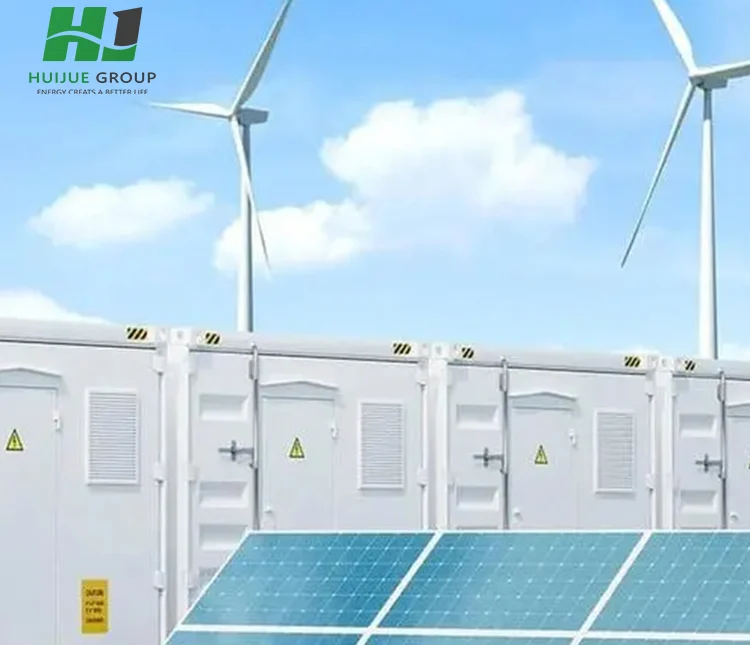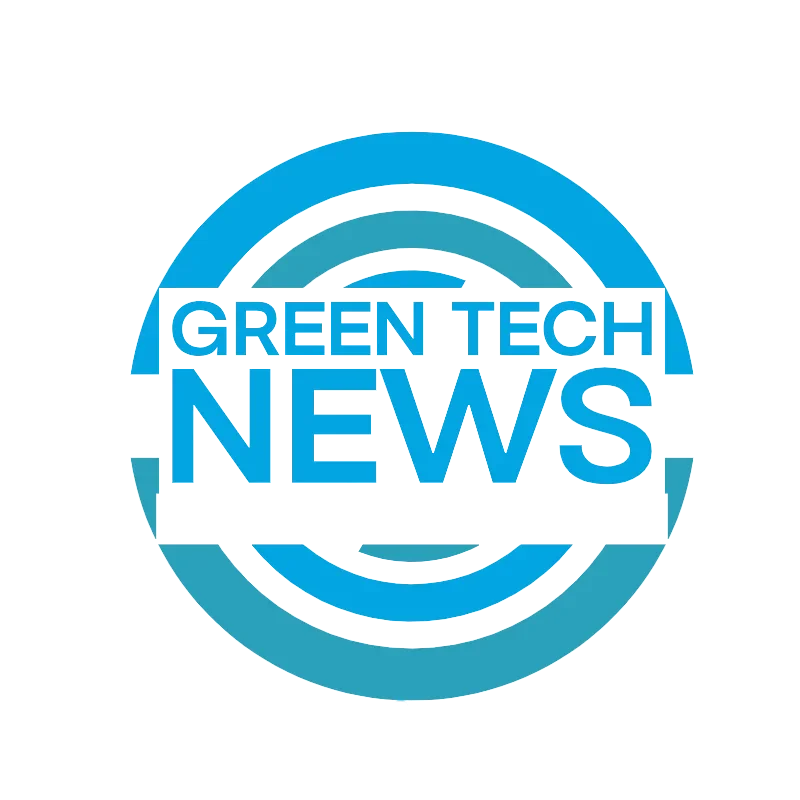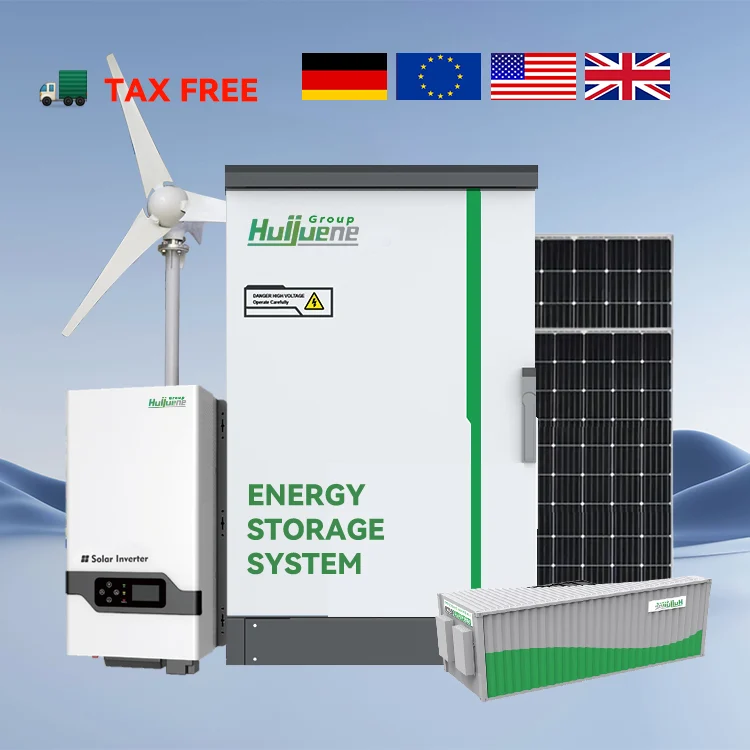While the whole world is undergoing an accelerating change in the energy pattern,renewable energy has proudly risen and become the mainstay of future energy development. According to the International Renewable Energy Agency, it boldly predicted that renewable energy will bear 90% of the world’s electricity supply by 2050. The only way to cope with climate change and achieve sustainable development is to have a rapid development of low-carbon and clean energy.
Solar energy and wind energy represented clean energy, which is inexhaustible and with almost zero emissions in the power generation process, reduces the burden on the earth and injects strong impetus into ecological restoration. Renewable energy accounts for an increasing proportion in the annual output, and the upward curve of this bears vivid witness to the optimization of the structure in energy utilization and the implementation of the green development concept in China.
Advantage of the Hybrid Renewable Energy Systems
(1) Stability in Supply and Bid Farewell to “Depending on Heaven to Eat”
The disadvantages of single energy supply are becoming more obvious. Take for example that solar power is bright enough during the daytime when the sun is shining but the moment night falls or clouds cover, power output reduces greatly. The same happens with wind power generation: the strength of the wind changes, and the wind direction is erratic; thus, its output goes like a roller coaster. This instability is definitely one of the major pain points for modern society, which requires electricity to be continuously and steadily supplied.
Hybrid renewable energy systems ingeniously solve this problem. When the solar energy is weak, it may be windy; the two complement each other to ensure continuity in power supply. The addition of energy storage technology further provides “double insurance” for stable power supply. In the daytime, when the sun is sufficient, the excess energy stored during the day can be released at night or during the low output of energy, filling in the gap in power.
The white flowers of wind turbines spread over the Gobi Desert in northwest China, sprinkled with solar photovoltaic panels that shine among them, equipped with energy storage devices. On days with bright sun and breeze, solar and wind combine to inject a steady stream of clean electricity into the local grid. Starting from the moment when the wind howls and dunes bury the sun, blocking sunbeams, the generation of power by wind turbines already picks up the beam, and energy storage equipment would output in time to ensure such a situation that neither residents’ lives nor enterprise production is affected by the absence of energy resources. Such a stable and reliable power supply has made this land, which was once plagued by energy shortages, glow with new vitality: factory machinery roars, residents live and work, and a vibrant picture of development is slowly unfolding.
(2) Controllable costs and win-win benefits
From the point of view of equipment purchase, although the hybrid system seems to require a variety of energy collection equipment, the initial investment seems expensive. On the one hand, the production technology of various energy equipment is increasingly mature while the cost decreased year by year. Driven by large-scale production and technological innovation, the production cost of photovoltaics has been declining to a fraction of that in the past. Meanwhile, with the design optimization and industrial chain improvement of wind turbines, the cost of the machine/equipment is becoming increasingly affordable. In contrast, according to the real situation of different kinds of local energy resources, the hybrid system can flexibly adjust the allocation ratio of various types of equipment to avoid excessive investment. It would invest appropriately in the equipment of wind power generation in coastal areas with rich wind resources, and focus on the layout of solar photovoltaic facilities in the inland deserts where sunshine is ample, so as to guarantee the accuracy and effectiveness of each investment.
One of the most distinctive advantages of hybrid systems concerns operation and maintenance costs. In operation and maintenance difficulty, with respect to the single-energy system, it does not double for a hybrid system while stability comes from energy complementarity and lowers the risks of equipment failure, operation, and maintenance frequency. For example, when the only solar power station experiences consecutive rainy days, the generating efficiency drops dramatically, while the operating and maintenance personnel have to stare at the equipment all the time, fearing a series of problems brought about by inadequate power supply; in the case of a hybrid system, it can be replaced in time by wind energy, energy storage, and other links to alleviate the operating pressure. In the meantime, several energy devices share parts of their infrastructures and operation teams, which further dilutes the costs. It is assured from the authoritative research data of this industry that long-term operation will comprehensively reduce the cost of a hybrid renewable energy system by 20%-30% compared to a single energy system, which means it will save a lot of money for investors and users in its life cycle and bring huge economic benefits.
(3) Widely applicable in light of local conditions
In the remote islands, diesel power used to be a necessity, expensive and polluting. Now, hybrid energy systems offer a turnaround. Solar panels fully absorb tropical sunlight, wind turbines dance with the sea breeze, and tidal and wave energy generation devices are also built on the sea, converting the power of the ocean into electricity. The coordinated efforts of various energy sources not only meet the electricity consumption of residents on the island but also provide power for industries such as fishery processing and seawater desalination, so that the economic development of the island is no longer trapped in energy bottlenecks, and the ecological environment is becoming more fresh and pleasant.
Look at the building community in the city; hybrid energy systems also find use. Small solar farms are created on the tops of tall buildings, and tiny wind turbines installed on the facades rotate gently with the wind, while geothermal energy units tap deep underground for warmth. These decentralized energy collection and utilization facilities are integrated with the urban power grid to “reduce the burden” for the city at the peak of electricity consumption, absorb electricity at the trough, achieve the on-site consumption and balance of energy, and help the city move towards a green and low-carbon future.
(4) Technological innovation: the source of power
The driving force for pushing hybrid renewable energy systems to an advanced level is huge and driven by strong technological innovation. In the field of photovoltaics, the conversion efficiency of solar cells is improved in a revolutionary way. Researchers have devoted themselves to research, new materials such as perovskite have emerged, and their photoelectric conversion efficiency has exceeded the 25% mark, far beyond the traditional silicon-based batteries, but the cost has continued to explore.
The technology of wind power is also changing rapidly. Offshore wind power is developing rapidly, and the units are making great strides in large-scale and intelligent development. Today, a batch of offshore fans with a single capacity of more than 10 megawatts has been sent to the sea, the length of the blades exceeds 100 meters, the sweeping area is equivalent to several football fields, and the power generation efficiency has jumped significantly. It is an intelligent control system that will be able to change the fan attitude in real time with the speed and direction of the wind and work steadily and efficiently in such a complex and changeable marine environment. More importantly, the breakthrough in floating wind power technology has made possible the far-reaching sea wind power development, more unlocking of the wind energy treasures, and more influence in the mixed energy system.
Energy storage technology deserves the “stabilizer” for hybrid systems, which develops rapidly in recent years. The energy storage market is dominated by lithium-ion batteries due to their high energy density and long life. In the same vein, the development of emerging technologies like sodium-ion batteries and all-vanadium flow batteries has been accelerated, and their lower cost and higher safety are expected to shine in large-scale energy storage scenarios. Supercapacitors can provide fast frequency modulation and voltage regulation support for power systems due to their instantaneous high-power charge and discharge characteristics, which complement other energy storage technologies. In the future, with a series of advanced technology commercialization such as solid-state batteries and intelligent micro-grid energy storage, the energy storage link will be more effective and reliable, and the intermittent disease of renewable energy will be completely overcome.

The main difficulties and developments of the hybrid renewable energy system
Hybrid renewable energy systems, although on the road to a brilliant future, face mountains of technical obstacles along the way. The core energy storage technology, as a key support for the stability operation of the system, still remains fraught with many difficulties. High costs mean the threshold investment in large-scale energy storage projects is pretty high, thus discouraging many developers. The collaborative control of multi-energy sources is a complex system engineering challenge. The output characteristics of different energy sources are different, and solar energy varies with the intensity and duration of sunshine, wind energy is affected by the change of wind size and wind direction.
How to make them coexist harmoniously and accurately in the same system is an urgent problem to be overcome. Fortunately, it is on this very pain point that scientific research forces all over the world have been gathered here to make a breakthrough. Researchers continue exploring research and development into new energy storage material techniques, while state-of-the-art technologies like solid-state batteries and hydrogen energy storage gradually emerge, which is expected to break through the existing bottleneck. The upgrading of smart grid technologies and EMS with big data, AI, and other modern technologies is ongoing. Through real-time monitoring and analysis of massive data, it realizes the precise management of energy and intelligence in scheduling, thereby making the system of mixed energies smarter in tackling various conditions towards efficiency, stability, and intelligence.
Eventually, with the development of technology and cost reduction, it will permeate into every corner of society like spring rain: isolated mountain villages, small hydropower units interwoven, photovoltaic and wind-powered facilities; close backing with smart grid-transactions of self-production and self-sale of energy; extra electricity put on the wire. In transportation, electric vehicles can travel smoothly after they are quickly replenished by solar charging stations; in the industrial category, factories rely on mixed energy for stable energy supply, green production, and pollutant emissions have become history.

